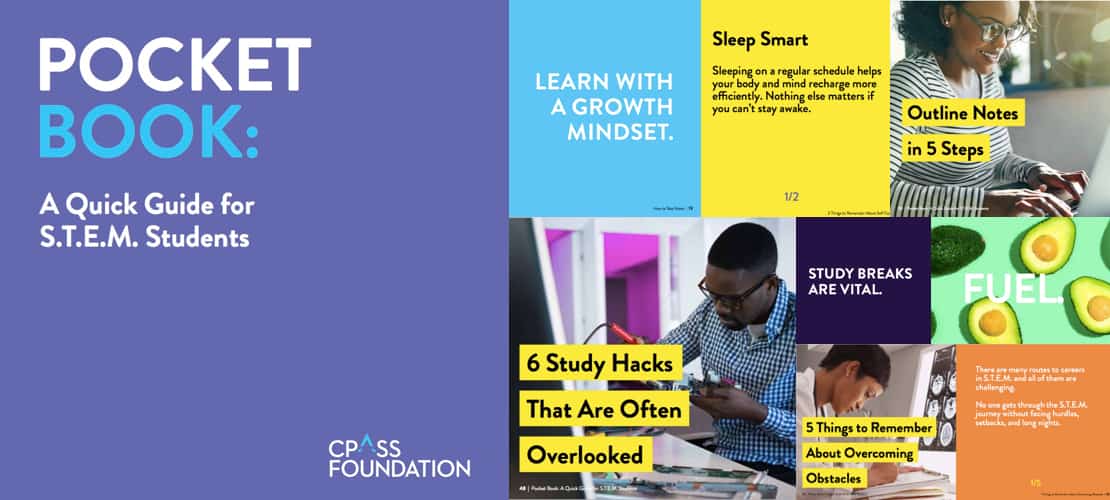What is STEMM Education?

What & Why STEMM?

Technology is expanding every day into every area of our lives. For example, physicians, nurses and other allied health professionals carry tablets with your electronic medical records, or use new machines to understand and diagnose illnesses. Video games are more on your phone or computer than your TV. The benefits of learning STEMM and STEAM take on a new importance when middle school, high school and college-level students are presented with these tech breakthroughs in a supportive, “can-do” atmosphere.
A STEMM education invites students to learn and grow in a hands-on environment, leave with a functional degree and thrive in tech and health care – two career paths they may have not considered or thought was possible. Electric cars, space travel, robotics, bio tech, artificial intelligence and virtual intelligence are all STEMM- and STEAM-based opportunities.
CPASS shows students the powerful potential of designing and introducing new products and processes that will improve health care, safety, communications, mobile technology, creative expression and other key life challenges.
We Are Increasing STEMM Diversity
With a STEMM education, the number of traditionally underrepresented students in STEMM-related fields can noticeably and steadily increase. Greater diversity in STEMM majors, degrees and professions will help to ensure that when students apply critical and creative thinking, collaborate and push for more evolving technology, STEMM will serve the needs of ALL people – not just our state’s underserved populations.
The Future of STEMM? Unlimited
Good news: STEMM occupations are growing rapidly, and so is the income levels of STEMM-degreed students. Proficiency in STEMM fields is urgently needed to help meet the many challenges of our ever-changing, ever-challenging global economy. This is where CPASS can help: Our database is customized to quickly filter your search for STEMM and STEAM programs, courses, workforce development and activities in Chicago and throughout Illinois.
Use our search tool to find STEMM programs near you in the areas that you’re interested in.
Conversations with Alumni
William A. McDade, MD, PHD
Treasurer and Director , CPASS Foundation
“By giving you the chance to be exposed to people doing what you never even knew you could do, programs run by the CPASS Foundation will let you see that it’s possible for you to do it.”
Mildred M. G. Olivier, MD
Professor of Ophthalmology and Assistant Dean for Diversity and Learning Environment, Chicago Medical School of Rosalind Franklin University of Medicine and Science
“CAHMCP gave me a group of friends I studied with in medical school, and we tried to be the best that we could be.”
Laura Lucero, MD
Family Practice/Chief Medical Officer, Beloved Community Family Wellness Center
“I’ve never studied so hard, tried so hard. I was in that anatomy course all day long. I finally got into medical school a year later.”
Javette C. Orgain, MD, MPH
Former Assistant Dean, College of Medicine Urban Health Program, University of Illinois at Chicago College of Medicine; former Associate Professor of Clinical Family Medicine, University of Illinois Hospital and Health Sciences System
“CAHMCP gave me a group of friends I studied with in medical school, and we tried to be the best that we could be.”
Eric Whitaker, MD, MPH
Chair, CPASS Foundation
“Until CAHMCP, I was not supported in my dream of becoming a doctor. It was an eye-opening experience to be with students of color who all valued education.”
Be the first to know about new programs and events.
